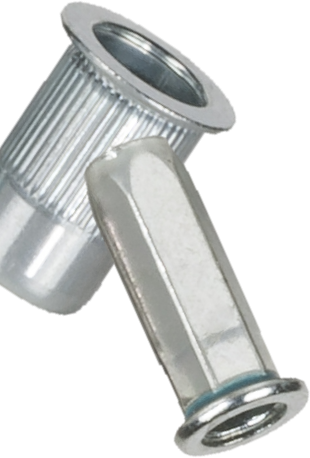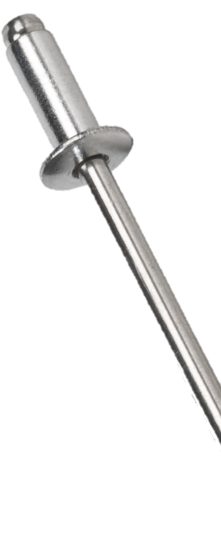What exactly is rivet/blind rivet technology?
GESIPA® makes it clear


Lockbolts
Lockbolts are used for any application with particularly high demands as far as the durability and vibration resistance of the connection are concerned. This kind of connection requires two-sided access for the components of the lockbolt. As the collar is forced into the locking groove during the setting process, these connections are extremely durable and secured effectively to stop them from coming loose naturally.
GESIPA® doesn't actually produce any lockbolts of its own, but it does offer some high-quality riveting tools that are ideally suited to processing them efficiently. We will be happy to offer you guidance and recommend the best solution for your project – whether that's the cordless PowerBird® Pro SRB or pneumatically powered SRB tools in the TAURUS® series.
Joining with lockbolts
The actual joining process using standard lockbolts is not dissimilar to the blind riveting process.
- The pin is positioned from one side, whilst the collar is positioned from the other side.
- The fitted assembly tool grips the pin and pushes against the collar.
- The parts to be joined are pressed together as the pin pull section is pulled and the collar is forced into the locking groove in the pin.
- The joining process is complete when the setting tool comes into contact with the surface of the parts to be joined and the pin breaks off at the predetermined breaking point as a result of the increasing tension in the pin.
